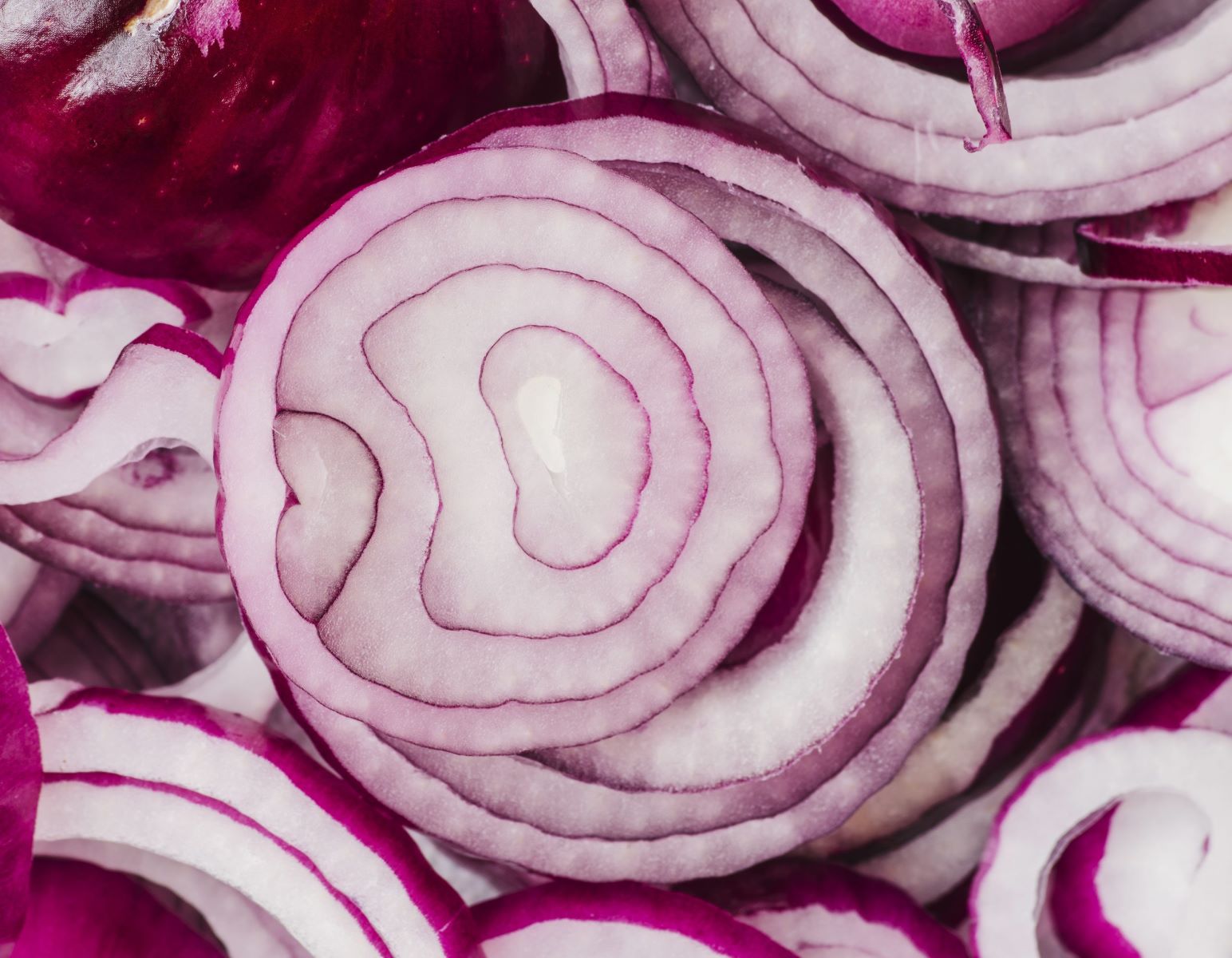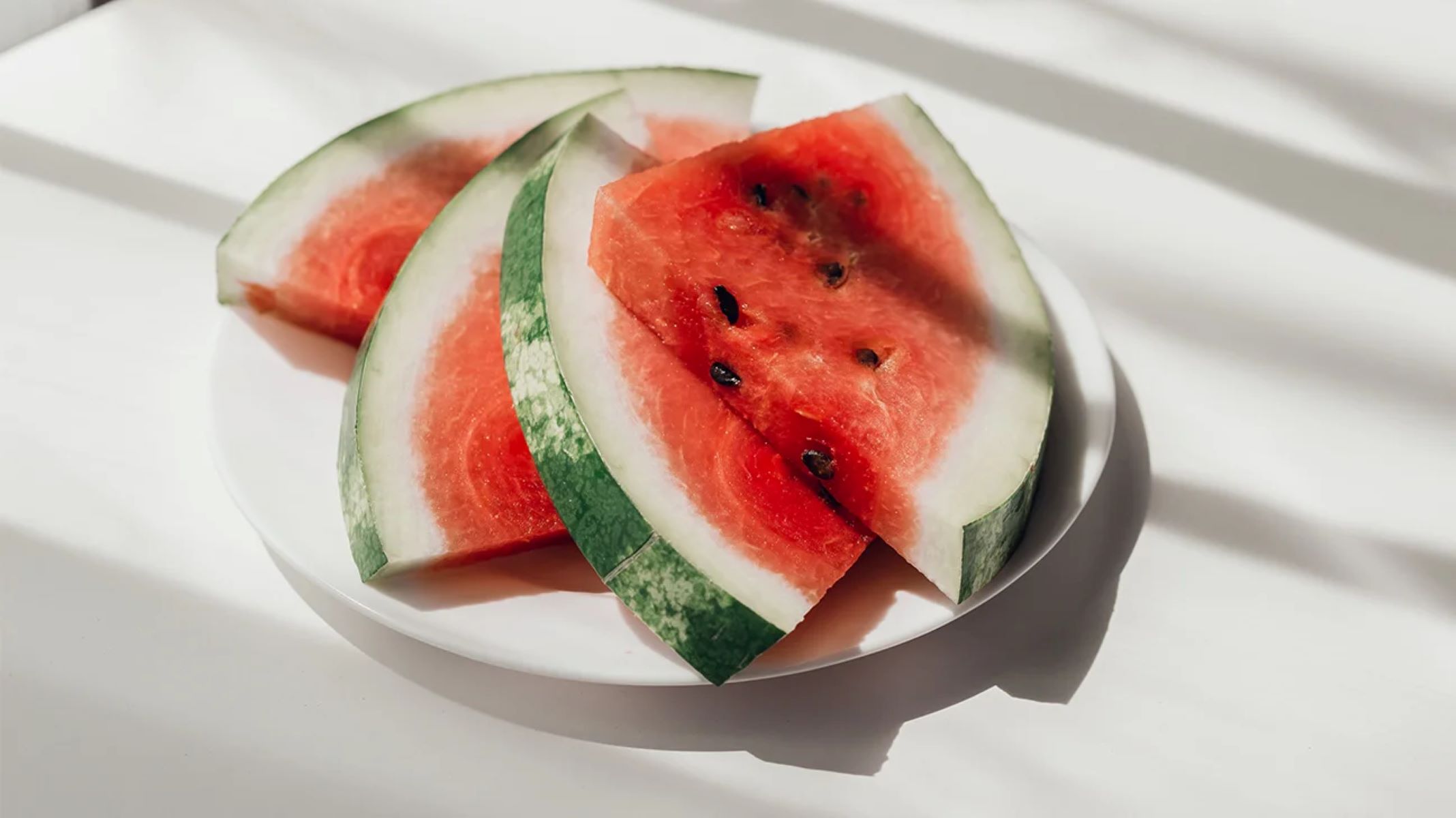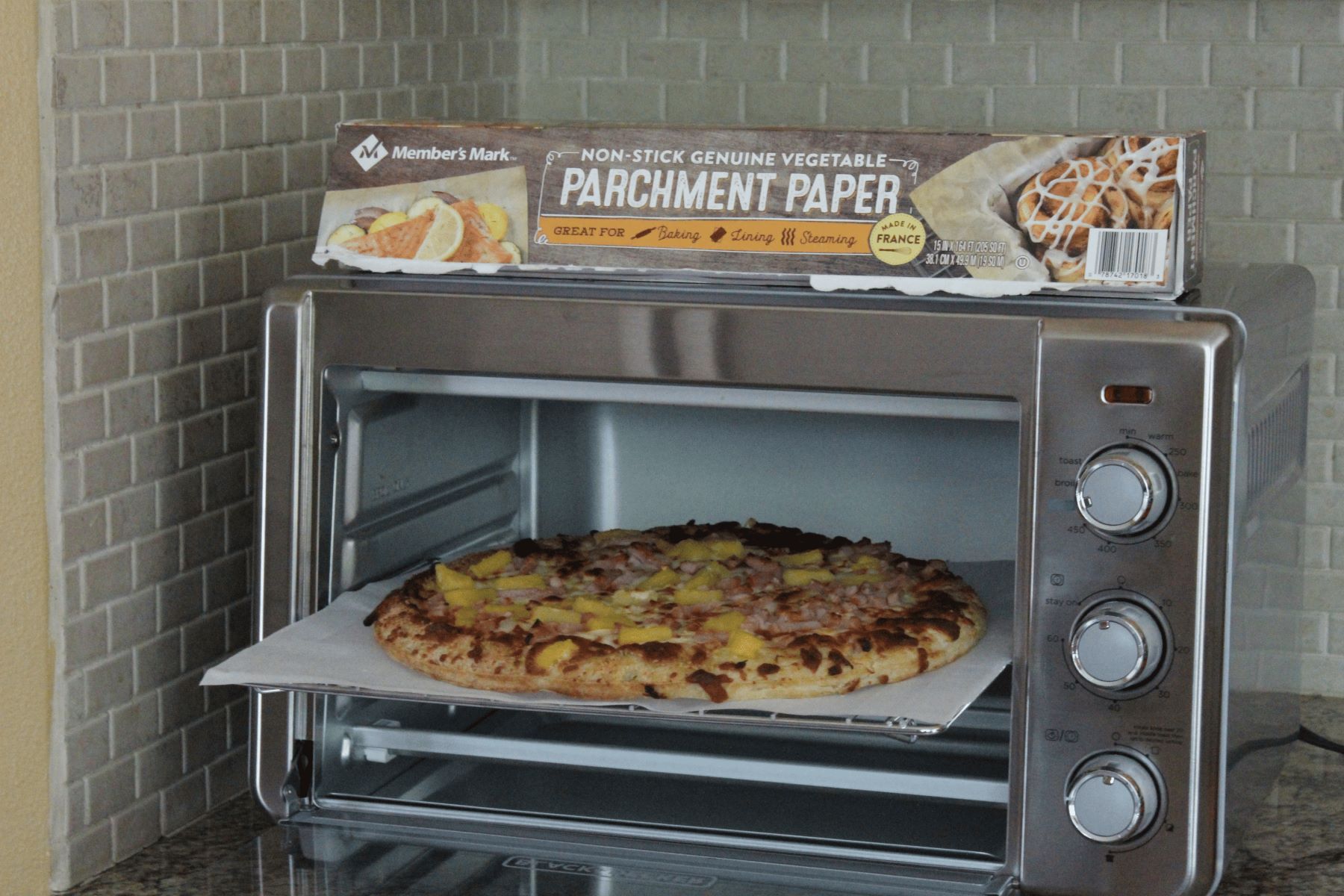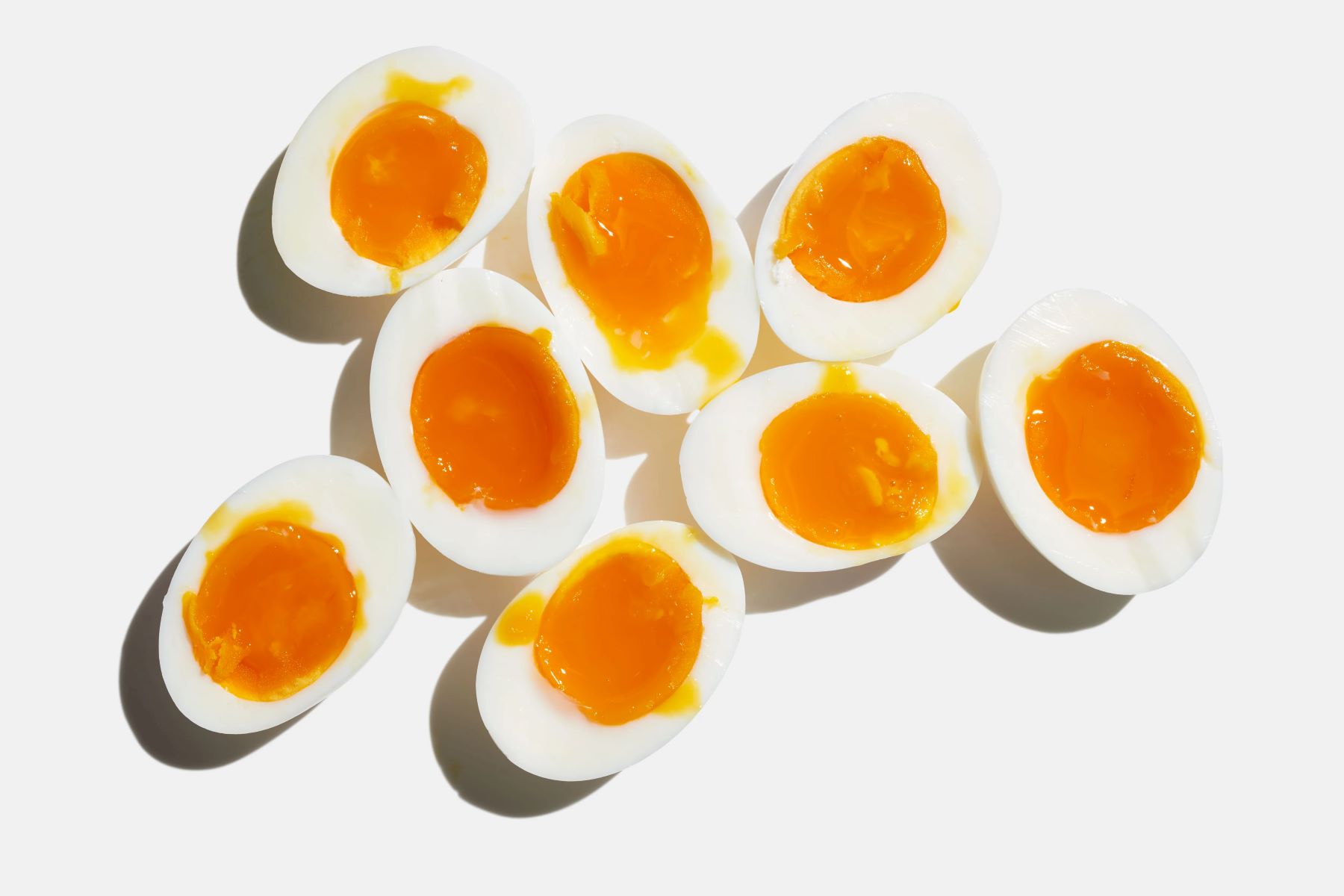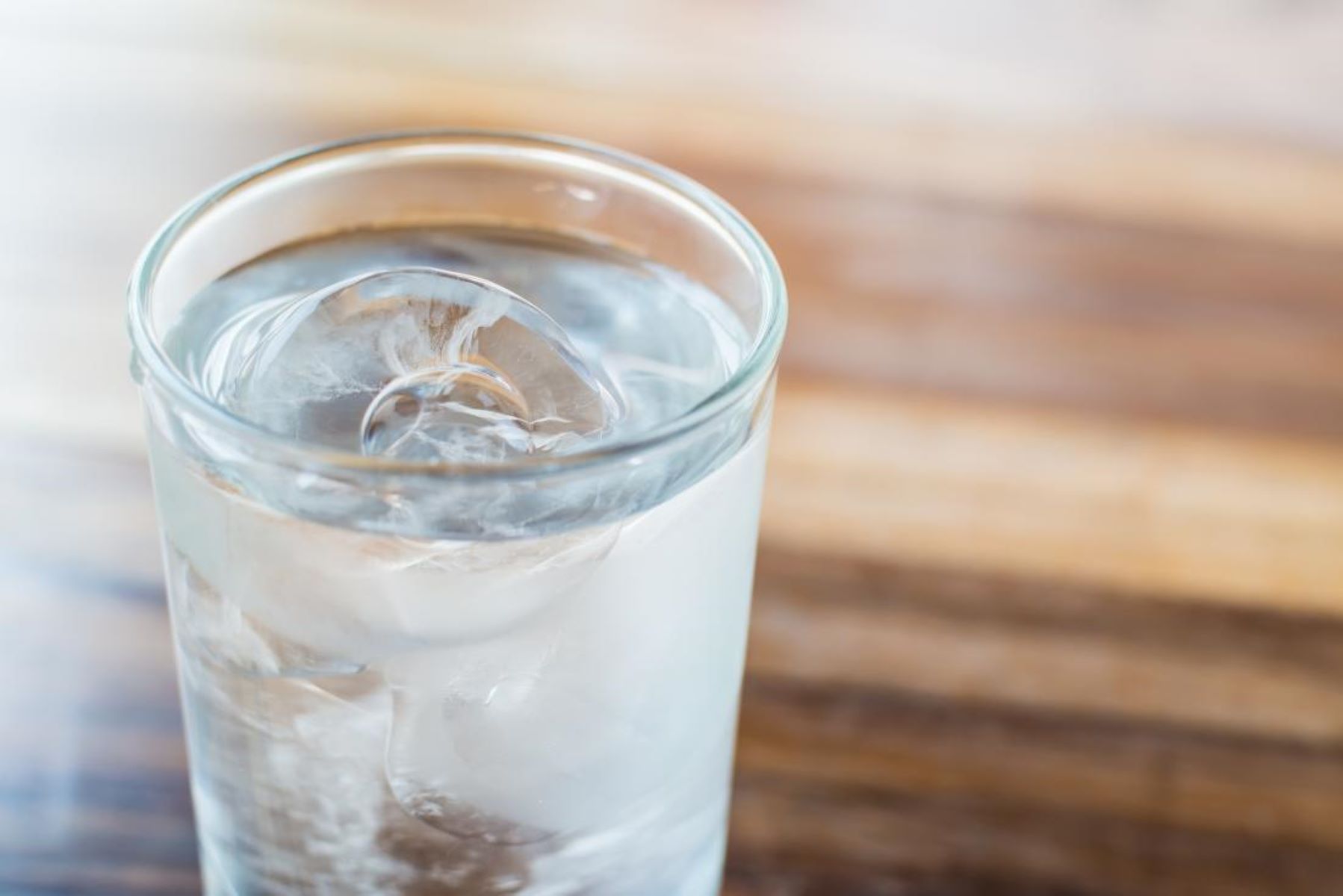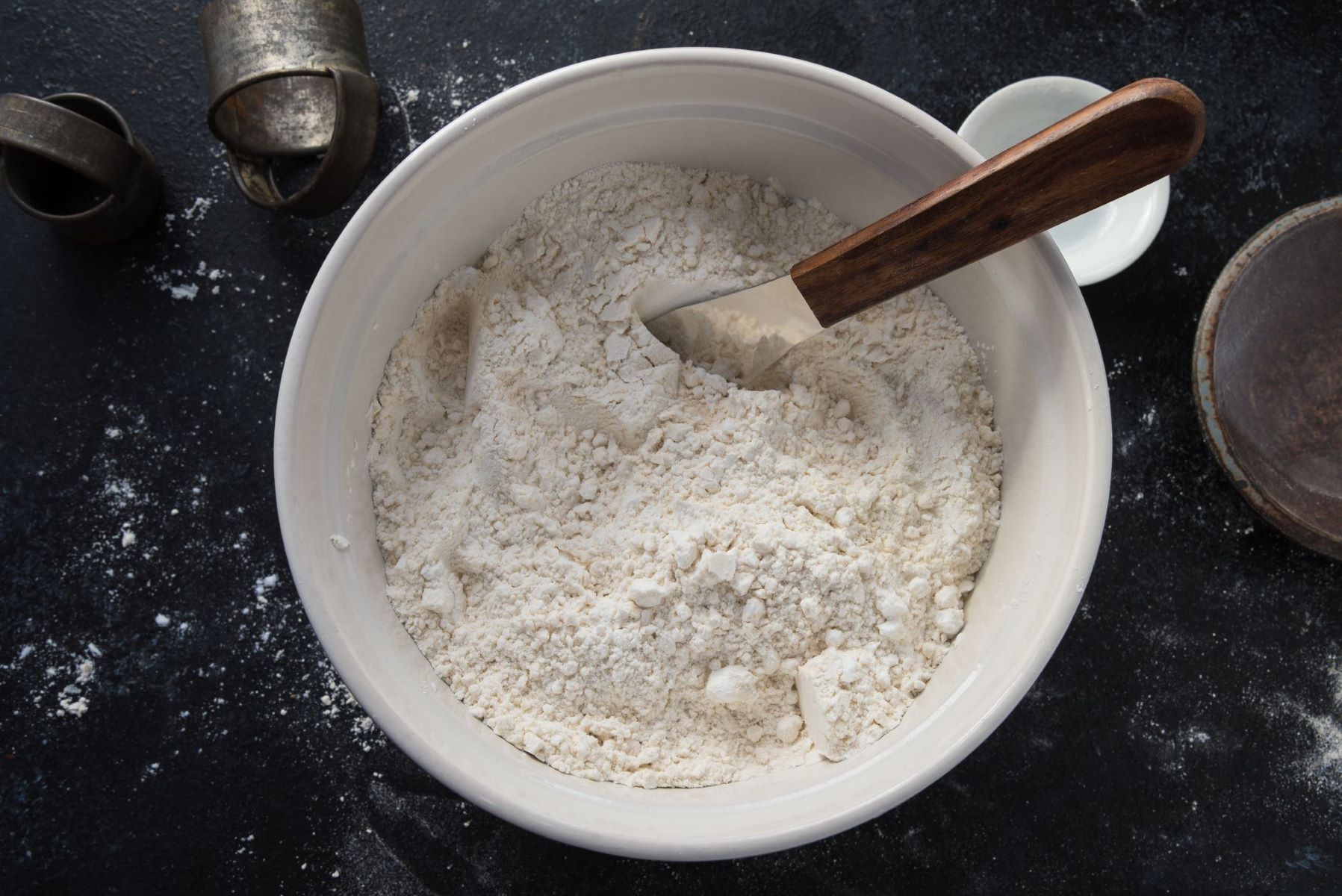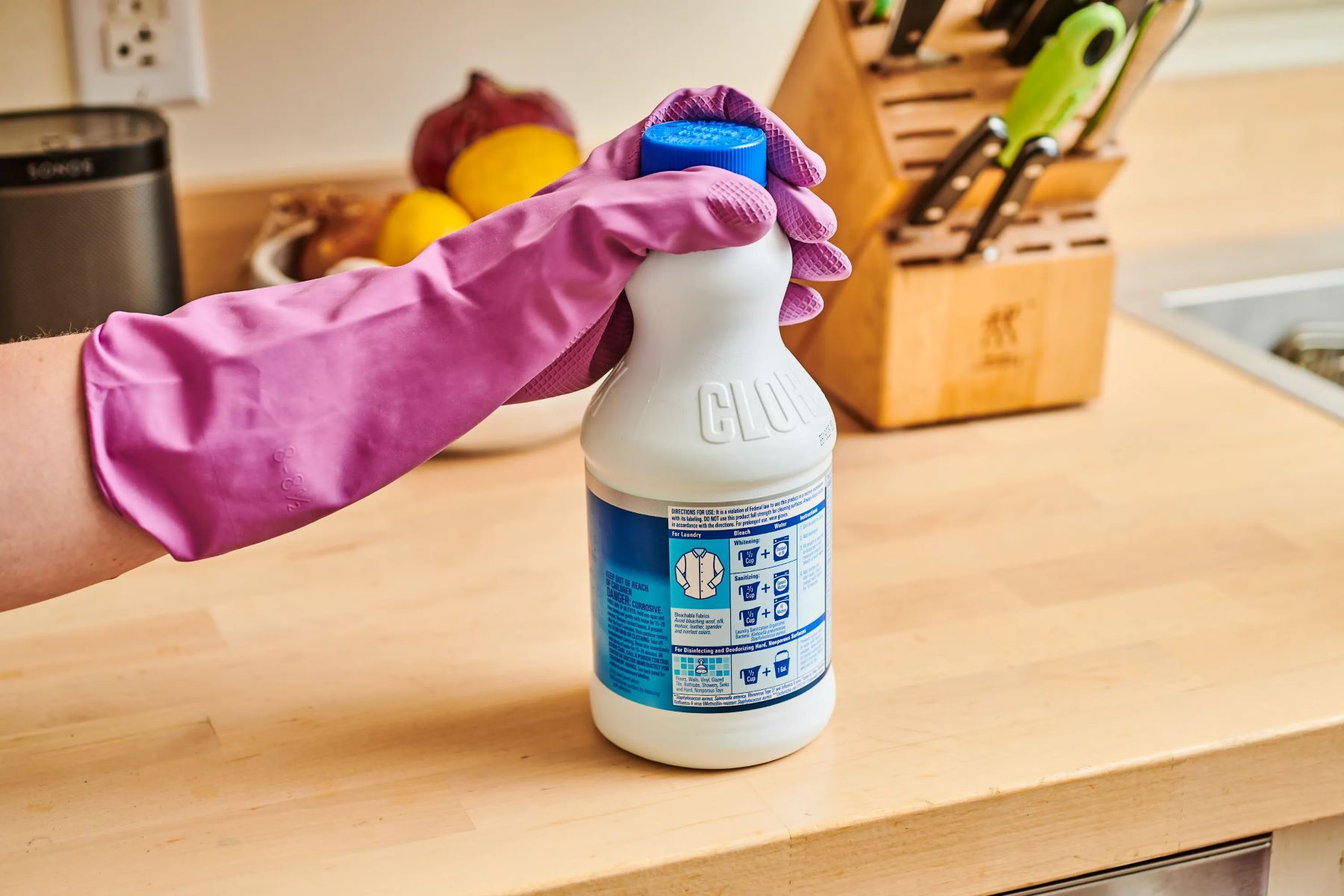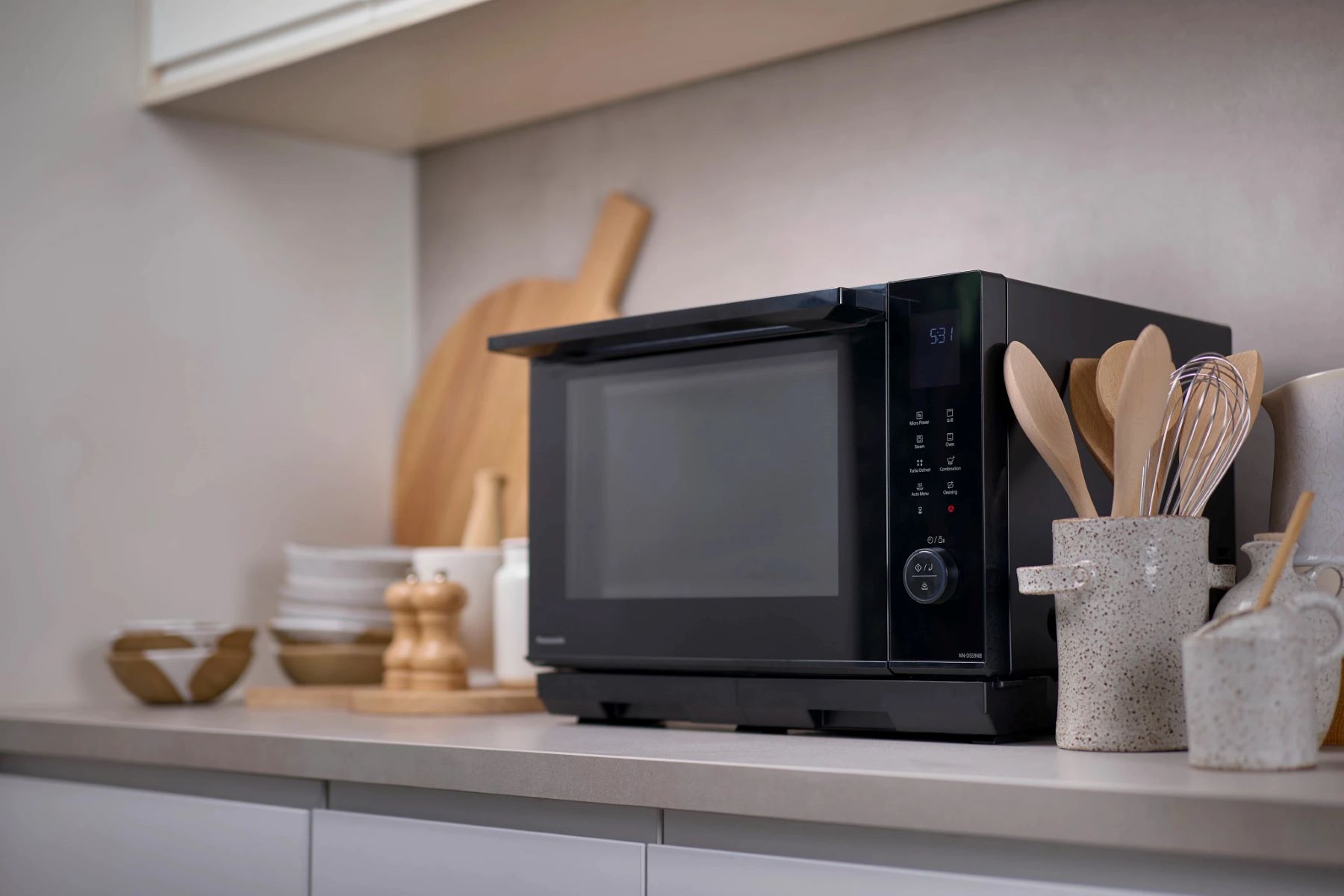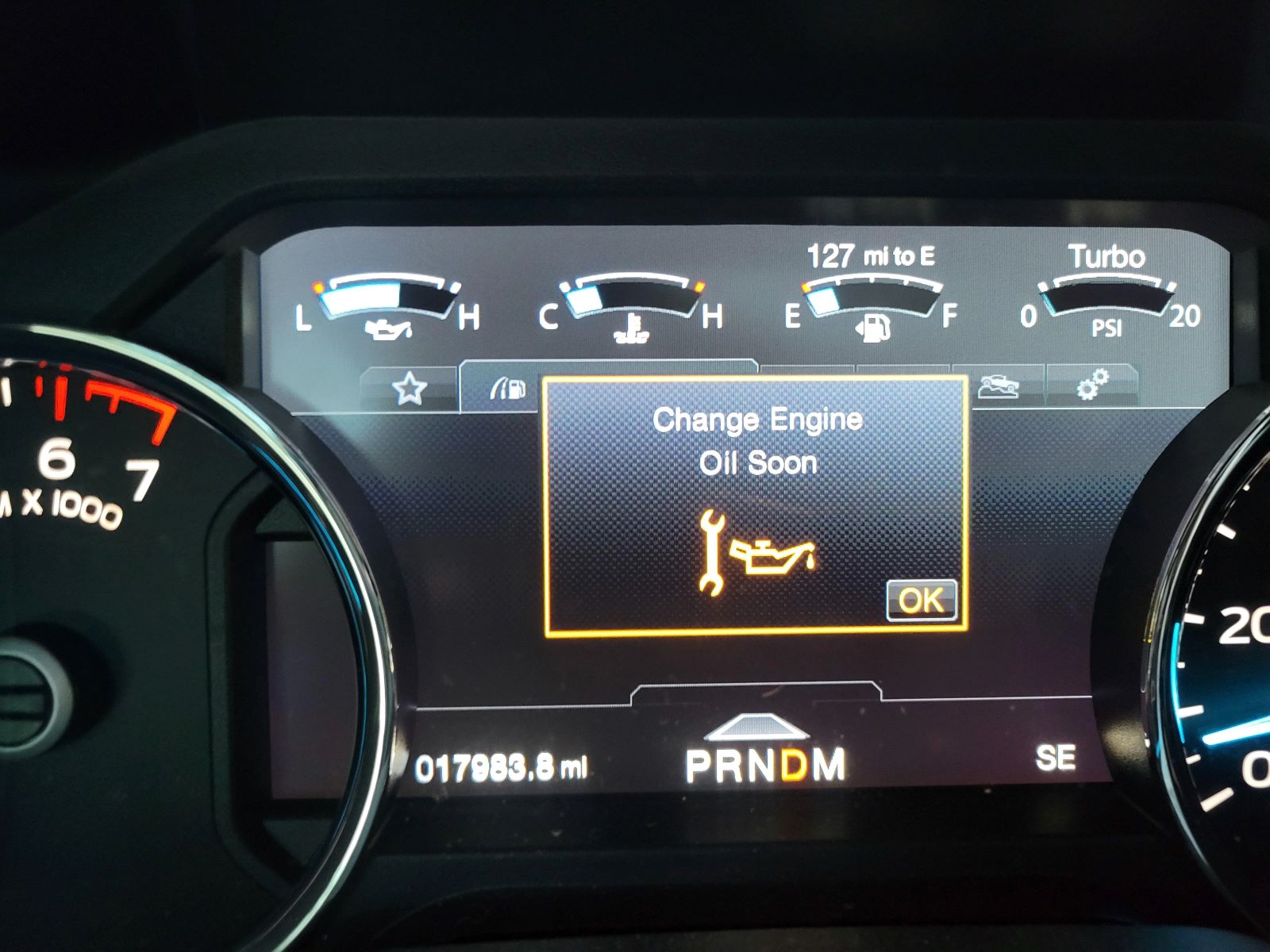Home>Food and Cooking>You Won’t Believe What Happens When You Eat Freezer Burned Shrimp!
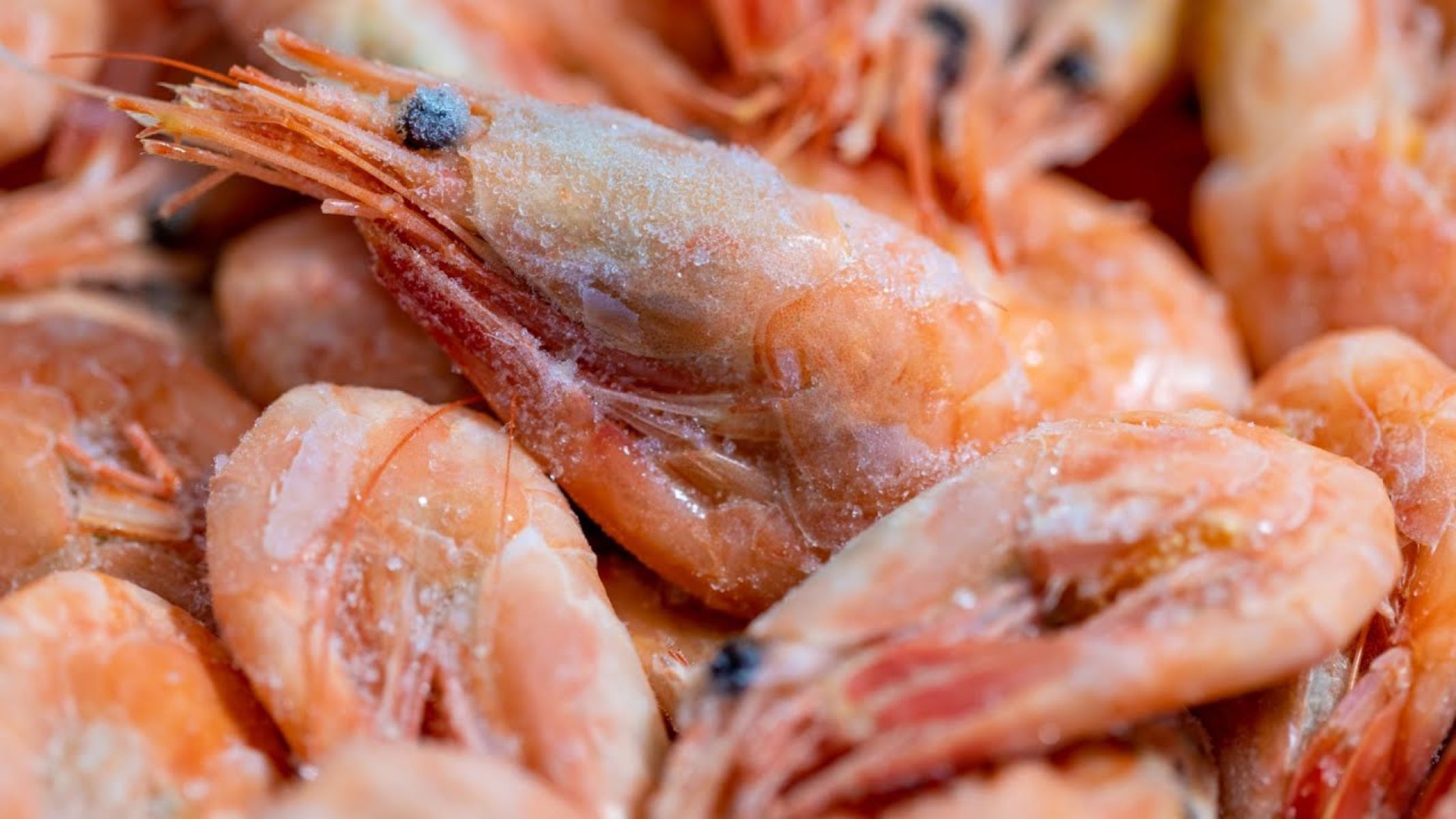

Food and Cooking
You Won’t Believe What Happens When You Eat Freezer Burned Shrimp!
Published: February 1, 2024
Discover the impact of consuming freezer burned shrimp and more food and cooking tips. Learn about the effects and how to avoid it.
(Many of the links in this article redirect to a specific reviewed product. Your purchase of these products through affiliate links helps to generate commission for Regretless.com, at no extra cost. Learn more)
Table of Contents
Introduction
Freezer burned shrimp is a common issue that many people encounter when storing seafood in the freezer for extended periods. It occurs when shrimp or any other food is exposed to air inside the freezer, leading to dehydration and oxidation. This process can result in changes to the texture, flavor, and overall quality of the shrimp. While freezer burn does not pose a significant health risk, it can certainly impact the taste and enjoyment of the shrimp dish.
In this article, we will delve into the world of freezer burned shrimp, exploring what it is, the potential health risks associated with consuming it, how to identify freezer burn on shrimp, and essential tips for preventing this undesirable occurrence. Whether you're a seafood enthusiast or simply someone who wants to make the most of their frozen shrimp, understanding freezer burn and its implications is crucial.
So, buckle up and prepare to unravel the mysteries of freezer burned shrimp. By the end of this article, you'll be equipped with the knowledge to ensure that your future shrimp dishes are of the highest quality, free from the clutches of freezer burn. Let's embark on this culinary journey and discover the secrets of preserving the delectable taste and texture of shrimp, one freezer at a time.
What is freezer burned shrimp?
Freezer burned shrimp occurs when the surface of the shrimp is exposed to air inside the freezer, leading to dehydration and oxidation. This exposure causes moisture to evaporate from the shrimp, resulting in the formation of ice crystals on the surface. As a result, the texture of the shrimp becomes dry and tough, and the natural flavors are compromised. Freezer burn can affect the quality and taste of the shrimp, making it less appealing for consumption.
The process of freezer burn occurs due to inadequate packaging or improper storage of shrimp in the freezer. When shrimp is not tightly sealed or is exposed to air, it becomes susceptible to freezer burn. Additionally, fluctuations in temperature within the freezer can contribute to the formation of freezer burn on shrimp. The repeated thawing and refreezing of shrimp can also exacerbate the likelihood of freezer burn, as the moisture within the shrimp undergoes constant changes, leading to the degradation of its quality.
It's important to note that while freezer burned shrimp may not pose significant health risks, it can certainly impact the overall dining experience. The texture becomes less palatable, and the flavors become muted, diminishing the enjoyment of the dish. Therefore, understanding the causes and characteristics of freezer burned shrimp is essential for anyone who wants to maintain the quality of their frozen shrimp and ensure a delightful culinary experience.
In the next sections, we will explore the potential health risks of consuming freezer burned shrimp, how to identify freezer burn on shrimp, and essential tips for preventing this undesirable occurrence. Stay tuned as we unravel the secrets to preserving the delectable taste and texture of shrimp, safeguarding them from the clutches of freezer burn.
The potential health risks of eating freezer burned shrimp
When it comes to freezer burned shrimp, the primary concern regarding health risks lies not in the presence of harmful pathogens or bacteria, but rather in the compromised quality of the shrimp. Freezer burn itself does not make the shrimp unsafe to eat, as the low temperatures of the freezer inhibit the growth of bacteria and microorganisms. However, the altered texture and flavor resulting from freezer burn may lead to a less enjoyable dining experience.
The dehydration and oxidation that occur during freezer burn can cause the shrimp to become dry and tough, affecting its palatability. Additionally, the development of off-flavors due to the exposure of the shrimp to air can detract from the natural taste of the seafood. While consuming freezer burned shrimp may not pose immediate health risks, the diminished quality and taste can lead to dissatisfaction and a less enjoyable meal.
Furthermore, freezer burned shrimp may also lose some of its essential nutrients and natural moisture, impacting its nutritional value. While the nutritional degradation may not be significant, it is important to consider that consuming freezer burned shrimp on a regular basis could contribute to a less balanced diet over time.
It's essential for consumers to be mindful of the quality of the seafood they consume, as freezer burned shrimp may not deliver the optimal sensory experience and nutritional benefits that fresh or properly frozen shrimp would offer. While freezer burn itself may not pose substantial health risks, it is crucial to prioritize the overall quality and enjoyment of the food we consume.
In the following sections, we will explore how to identify freezer burn on shrimp and provide valuable tips for preventing this undesirable occurrence. By understanding the characteristics of freezer burned shrimp and taking proactive measures to maintain the quality of frozen shrimp, individuals can ensure a more satisfying culinary experience, free from the impacts of freezer burn.
How to tell if shrimp is freezer burned
Identifying freezer burn on shrimp is crucial for maintaining the quality and taste of this beloved seafood. Here are some key indicators to help you determine if your shrimp has fallen victim to freezer burn:
-
Texture Changes: When shrimp is freezer burned, you may notice significant changes in its texture. The surface of the shrimp may appear dry and leathery, with a tough and unappealing consistency. The once succulent and tender texture of the shrimp becomes compromised, signaling the presence of freezer burn.
-
Discoloration: Freezer burned shrimp often exhibits discoloration, appearing whitish or opaque in certain areas. This discoloration is attributed to the formation of ice crystals on the surface of the shrimp, altering its natural appearance. Keep an eye out for any unusual whitish patches or opaque areas on the shrimp, as these are indicative of freezer burn.
-
Unpleasant Odor: Another telltale sign of freezer burned shrimp is the development of off-putting odors. The shrimp may emit a stale or rancid smell, distinct from its fresh and briny aroma. This change in odor is a clear indication that the shrimp has undergone deterioration due to freezer burn.
-
Flavor Alterations: Freezer burned shrimp may also experience alterations in flavor. The natural sweetness and delicate taste of the shrimp may be overshadowed by a bland or stale flavor profile. If you notice a lack of vibrancy and freshness in the taste of the shrimp, it could be a result of freezer burn.
-
Ice Crystals: Upon closer inspection, you may observe the presence of ice crystals on the surface of the shrimp. These tiny crystalline formations indicate that moisture has evaporated from the shrimp, leading to freezer burn. The presence of ice crystals is a visual cue that the shrimp has been affected by improper storage.
By familiarizing yourself with these indicators, you can confidently assess whether your shrimp has succumbed to freezer burn. Recognizing these characteristics allows you to make informed decisions when selecting shrimp for your culinary endeavors, ensuring that you deliver dishes of the highest quality and flavor.
In the subsequent section, we will delve into essential tips for preventing freezer burn on shrimp, empowering you to safeguard the integrity of this delectable seafood and elevate your dining experiences.
Tips for preventing freezer burn on shrimp
Preventing freezer burn on shrimp is essential for preserving its quality, flavor, and texture. By implementing proper storage practices and proactive measures, you can safeguard your shrimp from the detrimental effects of freezer burn. Here are valuable tips to help you prevent freezer burn and maintain the integrity of your frozen shrimp:
-
Proper Packaging: When storing shrimp in the freezer, ensure that it is tightly sealed to prevent exposure to air. Utilize airtight containers or heavy-duty freezer bags to create a protective barrier around the shrimp, minimizing the risk of freezer burn. Removing excess air from the packaging before sealing it can further enhance the preservation of the shrimp.
-
Quality Freezer Wrapping: Use high-quality freezer wrap or freezer paper to encase individual portions of shrimp before placing them in the freezer. The durable and moisture-resistant properties of freezer wrap help shield the shrimp from air and moisture, reducing the likelihood of freezer burn.
-
Optimal Freezer Temperature: Maintain the freezer at the recommended temperature for preserving seafood, typically at 0°F (-18°C) or below. Consistent and adequate freezing temperatures inhibit the formation of ice crystals on the surface of the shrimp, mitigating the risk of freezer burn.
-
Avoid Temperature Fluctuations: Minimize temperature fluctuations within the freezer by organizing its contents and avoiding frequent opening and closing. Fluctuating temperatures can contribute to the development of freezer burn on shrimp, so maintaining a stable freezing environment is crucial.
-
Quick Freezing: After purchasing fresh shrimp or preparing a seafood dish, promptly freeze the shrimp to minimize the exposure to air and moisture. Quick freezing helps retain the natural moisture and texture of the shrimp, reducing the likelihood of freezer burn.
-
Labeling and Rotation: Properly label the packaged shrimp with the date of freezing to track its storage duration. Additionally, practice the first-in, first-out (FIFO) method to ensure that older shrimp is used before newer ones, minimizing the risk of prolonged storage that could lead to freezer burn.
-
Limited Air Exposure: When portioning shrimp for freezing, minimize the amount of empty space within the packaging to reduce air exposure. Compact packaging helps maintain the natural moisture content of the shrimp and prevents the formation of ice crystals that contribute to freezer burn.
By incorporating these tips into your shrimp storage practices, you can effectively prevent freezer burn and uphold the quality of your frozen shrimp. These proactive measures empower you to savor the delightful taste and texture of shrimp in your culinary creations, free from the undesirable effects of freezer burn.
Conclusion
In conclusion, freezer burned shrimp can significantly impact the texture, flavor, and overall quality of this beloved seafood. While freezer burn itself may not pose substantial health risks, the compromised sensory experience and diminished nutritional value of freezer burned shrimp can detract from the enjoyment and nutritional benefits of consuming this delectable ingredient. It is essential for individuals to be mindful of the indicators of freezer burn, such as texture changes, discoloration, unpleasant odors, flavor alterations, and the presence of ice crystals, in order to make informed decisions when selecting shrimp for culinary use.
By understanding the potential health risks associated with consuming freezer burned shrimp and being able to identify the telltale signs of freezer burn, individuals can prioritize the quality and enjoyment of their seafood dishes. Furthermore, implementing proactive measures to prevent freezer burn, such as proper packaging, optimal freezer temperatures, and limited air exposure, empowers individuals to preserve the integrity and flavor of their frozen shrimp.
Ultimately, by adhering to best practices for shrimp storage and taking steps to prevent freezer burn, individuals can elevate their culinary experiences and savor the natural sweetness and tender texture of shrimp in a wide range of delightful dishes. Whether it's succulent shrimp scampi, zesty shrimp tacos, or a refreshing shrimp salad, maintaining the quality of frozen shrimp ensures that every culinary creation shines with the vibrant flavors and textures that seafood enthusiasts cherish.
As we bid farewell to the mysteries of freezer burned shrimp, armed with knowledge and practical tips, let's embark on a journey of culinary exploration, celebrating the delectable potential of shrimp in all its glory. With a newfound understanding of freezer burn and its implications, individuals can relish the pleasures of seafood cuisine, confident in their ability to preserve the exceptional qualities of shrimp and create memorable dining experiences for themselves and their loved ones.
